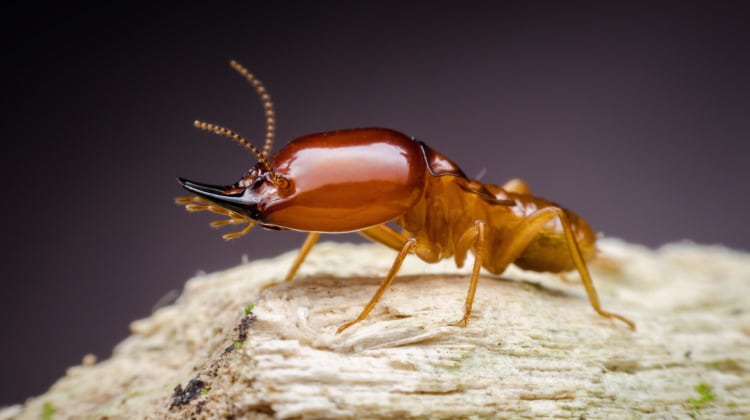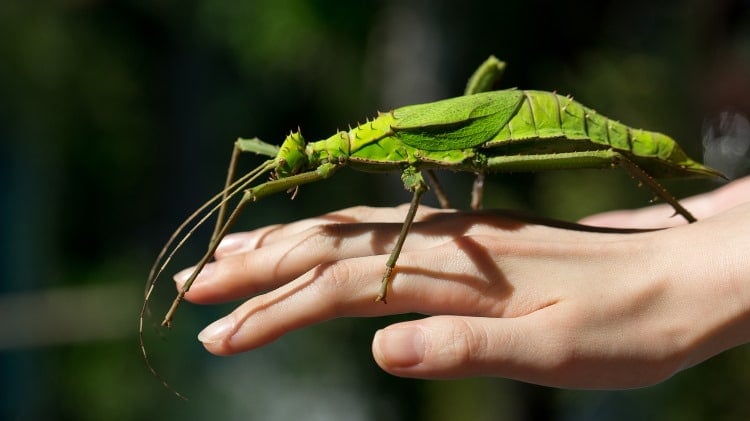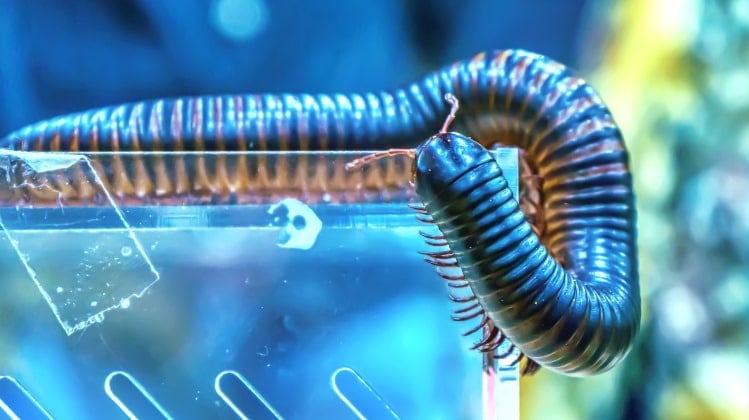Fact Sheets: Keeping Live Invertebrates – Northern Walking Stick
Diapheromera femorata
DISTRIBUTION: Stick insects are widely distributed around the world, mostly in tropical regions. This particular species is the only one that occurs in Canada, in southern Ontario and Québec.
HABITAT: Walking sticks live on the plants they eat. They usually occur in forested or brushy areas.

BACKGROUND INFORMATION: The family name Phasmatodea is derived from the Latin word phasma which means “ghost” refering to the great camouflage capacity of these insects. They are very agile; they have both claws and sucker pads on their feet.
OBTAINING A CULTURE: As this species is not commonly kept in captivity in Canada, you might have to go to southern Ontario and collect a few individuals in the field. The common Indian stick insect (and possibly other species) are sometimes sold illegally by pet stores, in violation of the Plant Protection Act of the Canadian Food Inspection Agency. See the introduction for more information on permit requirements. Because the common Indian stick is so readily available, a word of warning is required. This species is able to survive our Canadian winters, and thus has the potential of becoming a serious pest. For this reason we are advocating that if you have a culture, you seriously consider disposing of it. At the very least, please ensure that you are not responsible for releasing any into the wild. This requires killing all surplus individuals by dropping them in near boiling water, and destroying all eggs. Because the eggs are just dropped to the ground, the droppings in the bottom of the cage will have eggs and should either be burned or microwaved. Also remember that there may be eggs in the soil of any plant that is put in the cage.
ESTABLISHING A TERRARIUM: Special care need to be taken with these insects when establishing a terrarium because they will climb on any surface. They can therefore escape easily if the cage is left open a little too long.
- Use a glass aquarium (five gallons or larger) or other clear-sided container. It is better to have a tall cage to hold the plants on which the insects feed. A more conventional shaped cage may be used but then plant clippings may have to be put in the container rather than the whole plant.
- Adequate ventilation is very important, it is therefore good to have a screen top or door to the terrarium.
- Newspaper is the cheapest and easiest floor lining available. Sheets of plain white paper can also be used.
- Put one or two plants in the terrarium. The size and number of the plants will depend on the size of the individuals and their number. Plants can be left in their pots or a long branch can be cut and put in water to prevent wilting for a few days.
MAINTAINING THE TERRARIUM: The main thing in keeping the walking sticks is to assure a supply of food:
- Water the plants regularly.
- Change the plants when they don’t have enough leaves, making sure that you remove all the walking sticks from the plants. Look twice, for you might miss a few!
- Change the floor covering about once a week, or whenever it seems necessary, depending on the number of walking sticks there are in the cage.
FEEDING: Stick insects eat a variety of plants. They can adapt their diet very well in captivity.
- The northern walking stick feeds on a variety of oak leaves. Immatures may feed on understory plants such as sassafras, raspberry and black cherry.
- In captivity, this species has been successfully raised on blackberry leaves.
- If collecting the plants in the wild, try to avoid places where chemicals have been used.

BREEDING: Stick insects are easy to breed in captivity if the appropriate conditions are present.
- Female stick insects of some species will lay simply by scattering the eggs at random, so special care should be taken when removing floor lining.
- Others will go down to the ground and lay their eggs in the substrate. Therefore, a pot of soil or sand may be needed.
- A great number of eggs can be produced by each female. Eggs can be separated and put in a different cage from the adults.
- Food should be kept accessible to the young nymphs and they should not be handled.
- As they grow, they might become overcrowded. You should then think about finding them a new home.
REACHING MATURITY: The northern walking stick will not grow very big compared to certain tropical species. It takes about two months to reach sexual maturity and they may live another 2-3 months after that. Some tropical species may live for more than two years. The common Indian stick has a life span of about one year





